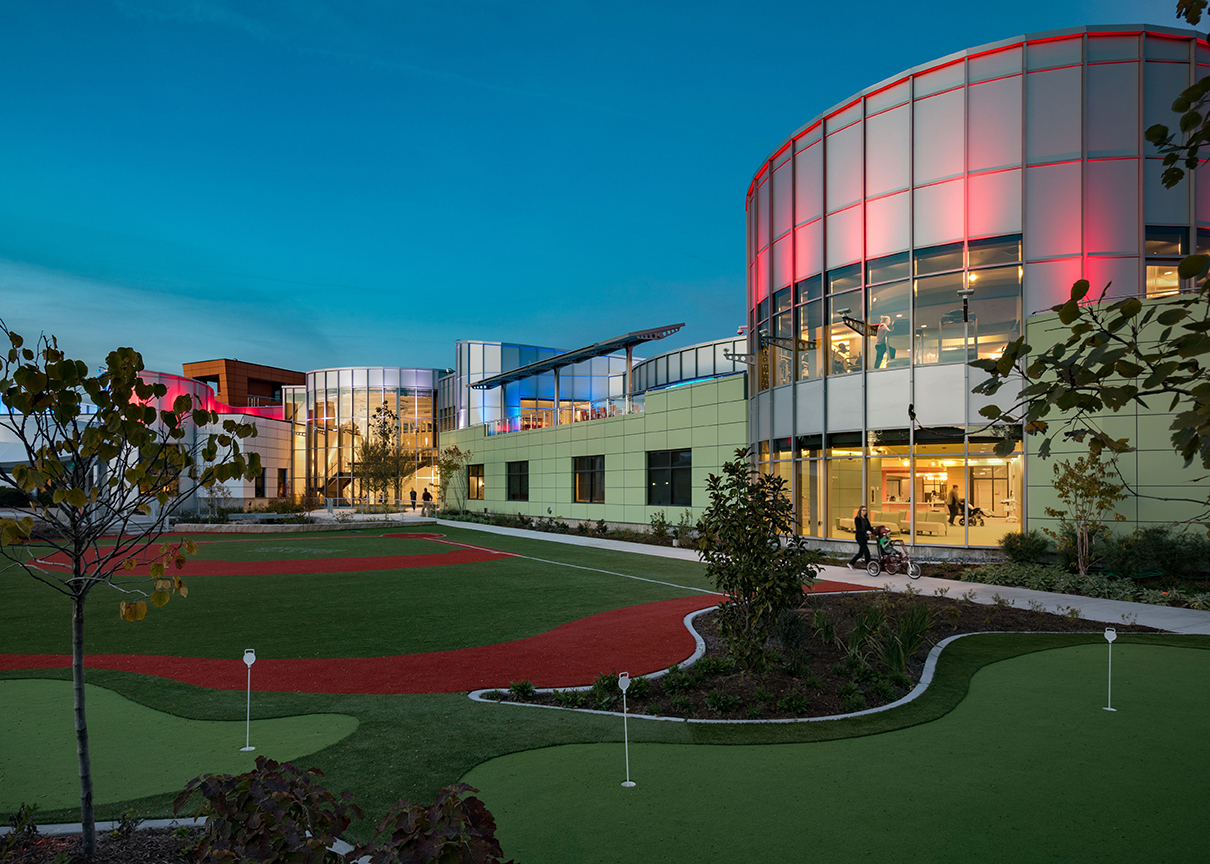No parent plans for their child to be in the hospital, especially for a prolonged period of time.
But for parents of kids aged 0-5 who face this reality, I know there’s something they worry about: a long hospital stay can put a child more at risk for developmental delay.
In an important first step in reversing this trend, my team and I at Ranken Jordan launched a time-motion study in 2021 to track the whereabouts and activities of our patients.
Our initial results were recently published in the peer-reviewed journal, Child: Care, Health & Development. It’s the first study of its kind to look at how and where pediatric patients in the hospital spend their time.
Here’s what we learned and why it matters.
What we learned
After tracking 20 patients for a total of more than 230 hours, we found:
- Patients spent nearly half of their waking hours out of bed and about two hours per day out of their hospital room.
- Patients spent five hours of awake time per day in bed.
For context, our “Care Beyond the Bedside” model gets patients out of bed and out of their rooms significantly more than in a typical hospital setting.
But we are always looking for ways to improve, so following the research, our team identified five areas to focus on to improve young patients’ neurodevelopmental opportunities.
These include:
- face-to-face interactions;
- time out of the hospital room;
- positional variety;
- sleep-wake schedules; and
- environmental variety of toys, books, music, and positive touch.
Putting results into action with OZ
So how can a hospital implement these findings?
At Ranken Jordan, the results inspired us to create OZ, the Optimization Zone. OZ is an innovative, in-hospital, structured, play-based group developmental program, similar to preschool, for children living with complex medical needs ages 0-5.
We’re working on the next phase of our time-motion study, and early results show OZ has enabled our youngest patients to spend more time out of their hospital beds. That means they enjoy more hours playing, interacting with each other and caregivers, and even dancing.
Why our study matters
When you look at our research, OZ, and my own experience from being at Ranken Jordan for more than 23 years, the solution for mitigating the risk of developmental delay is obvious: getting children out of their hospital rooms and beds leads to better health outcomes.
This is the approach we take at Ranken Jordan. We focus on the whole child, not just their complex medical needs. And we center everything around our care model, Care Beyond the Bedside, which uses play to heal.
My goal with this research is to show other hospitals why it’s so important to create a stimulating environment for our youngest patients and to implement some of our strategies for better outcomes.
What you can do now
Want to share these findings? I encourage you to share this blog post, watch my TEDx Talk from TEDxStLouis, or listen to the interview I did with The Health Design Podcast.
As I like to say “The more we do, the more we can do” and this research shows there’s so much more we as a medical community can do to help kids live their best lives.
E-Newsletter Coming Soon!
Sign up today to subscribe and receive our upcoming e-newsletter.






